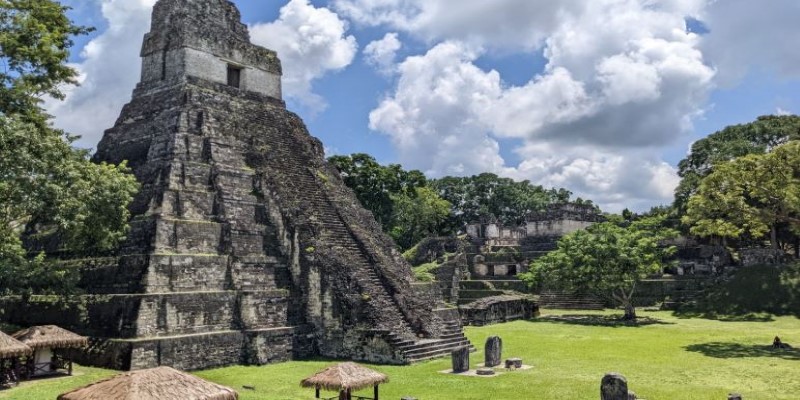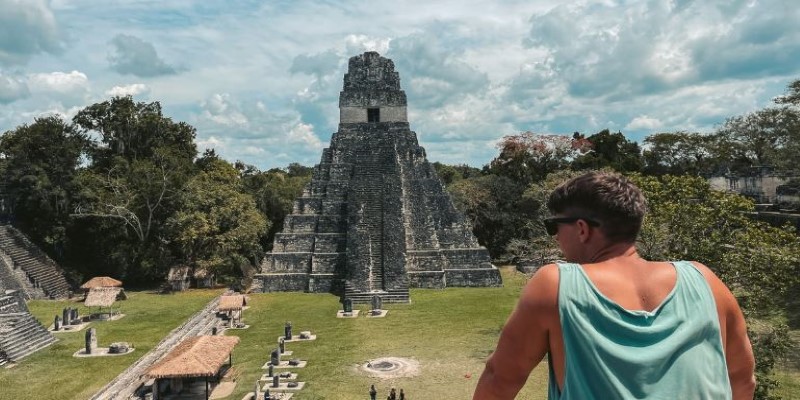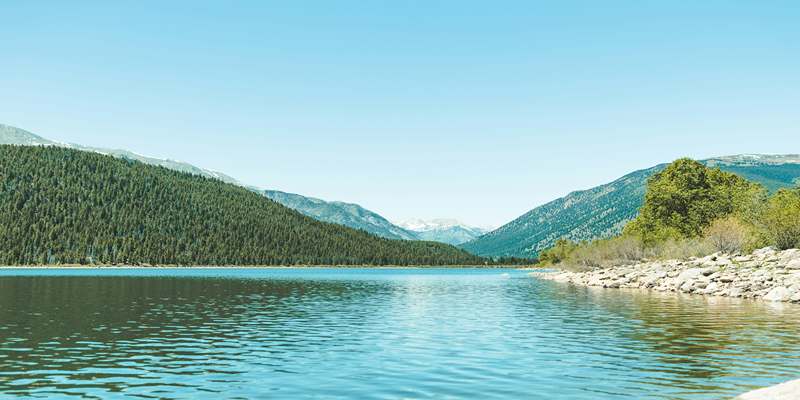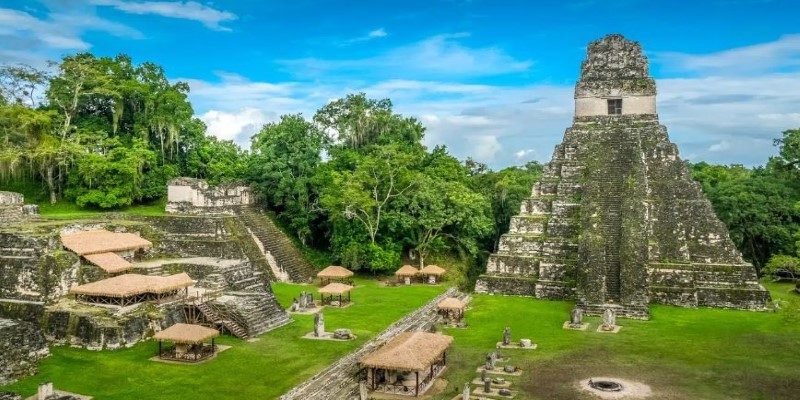Nestled deep in the rainforests of northern Guatemala, the Tikal Mayan Ruins are a remarkable testament to one of history's most fascinating ancient civilizations. Towering pyramids rise through the jungle canopy, surrounded by echoes of howler monkeys and vibrant birdcalls. Tikal isn’t just a historical site; it’s a journey into the heart of the Mayan world, where culture, nature, and history intertwine.
This is a UNESCO World Heritage Site. Whether you are fascinated by ancient architecture, an adventurer at heart, or interested in learning about Mayan culture, this is an unforgettable experience. However, a visit to Tikal does require some planning. From choosing the best time to visit to navigating transportation options, understanding the logistics will help you fully immerse yourself in this incredible destination. Get ready to step into a world where history and nature unite seamlessly.
Getting to Tikal
Reaching Tikal looks challenging at first glance, but with a little planning, an adventure is rather straightforward. Normally, people start traveling from Guatemala City, which has an international airport. In the case of traveling domestically to Flores, the town closest to Tikal, this is the fastest way. These flights are around one hour and run many times throughout the day. Once in Flores, Tikal National Park can be reached within an additional hour by road, with shuttle services and private taxis being highly accessible.
For travelers on a budget, buses run from Guatemala City to Flores, offering an affordable alternative. However, the journey is lengthy, lasting between 8 to 10 hours. To ensure comfort, opt for a reputable bus company. If you’re traveling from nearby countries like Belize or Mexico, overland routes are also viable. It’s important to verify border requirements and transport schedules ahead of time to avoid delays.
While the journey may vary depending on your starting point and travel preferences, getting to Tikal is well worth the effort. Whether by air, road, or a combination of both, you’ll soon find yourself at one of the most iconic Mayan sites in the world.
Navigating Tikal National Park
Tikal National Park is much more than an archaeological site; it's a sprawling expanse of ancient ruins, jungle, and wildlife. To make the most of your visit, it's best to arrive early in the morning when the air is cooler and crowds are thinner. This also gives you the chance to catch the magical sunrise over the towering temples. Entry fees vary, and tickets for sunrise or sunset tours are slightly higher but offer unforgettable views.

Hiring a knowledgeable guide can elevate your experience, providing context and history to the structures you encounter. From the towering pyramids to intricate carvings, their insights can bring the site to life. If you prefer exploring independently, maps are available at the park entrance. Comfortable walking shoes, plenty of water, and insect repellent are must-haves as you'll be trekking through dense jungle terrain.
As you wander through the park, you’ll encounter towering temples, sprawling plazas, and the rich biodiversity of the surrounding rainforest. The park is teeming with wildlife, from colorful toucans to playful monkeys, enhancing the sense of adventure. Whether guided or self-directed, navigating Tikal is an unforgettable journey into the heart of Mayan history and culture.
What to See at Tikal?
The Tikal Mayan Ruins are a treasure trove of history and architecture, with towering pyramids and sprawling complexes that tell the story of an ancient civilization. Among the site’s standout features is Temple IV, the tallest structure in Tikal. Climbing to its summit offers breathtaking views of the jungle, where the treetops stretch endlessly, punctuated by the peaks of other pyramids emerging like islands in a green ocean. The panorama is especially stunning at sunrise, as the mist rises and the jungle comes alive.
At the heart of Tikal lies the Great Plaza, a bustling hub during the Mayan civilization’s peak. Here, you’ll find Temple I (Temple of the Great Jaguar) and Temple II (Temple of the Masks), two of the most iconic structures in Tikal. Surrounded by intricately carved stelae and altars, this area offers a glimpse into the spiritual and artistic achievements of the Mayans.
Beyond the main temples, Tikal’s Lost World Complex (Mundo Perdido) reveals an ancient astronomical observatory and some of the site’s oldest structures, showcasing the Mayans’ advanced knowledge of the cosmos.
Adding to the allure is the wildlife inhabiting the area. Keep an eye out for monkeys swinging through the trees, colorful toucans, and, if you’re lucky, even the elusive jaguar.
Best Times to Visit Tikal
Timing your trip can significantly impact your experience. The dry season, from November to April, is the most popular time to visit Tikal. During these months, you’ll enjoy clear skies and manageable humidity, though the park can get crowded, especially around major holidays.

The rainy season, from May to October, sees fewer visitors, and the jungle takes on an even more vibrant, lush appearance. While the rain can be heavy at times, mornings are often clear, making it possible to explore comfortably.
Whether you visit during the dry or wet season, early mornings are ideal for exploring. Arriving at sunrise not only gives you a chance to beat the heat but also offers the incredible experience of watching the jungle wake up around you.
Conclusion
Visiting the Tikal Mayan Ruins is more than a trip; it’s an immersion into a world that thrived centuries ago and continues to captivate the imagination. From its awe-inspiring pyramids to the untamed beauty of the surrounding jungle, Tikal offers a glimpse into the extraordinary achievements of the Mayan civilization. With proper planning and a sense of adventure, your journey to Tikal will be an unforgettable chapter in your Guatemala travel story. Whether you’re marveling at the sunrise from a towering temple or listening to the calls of howler monkeys echo through the trees, Tikal promises to leave you spellbound.











